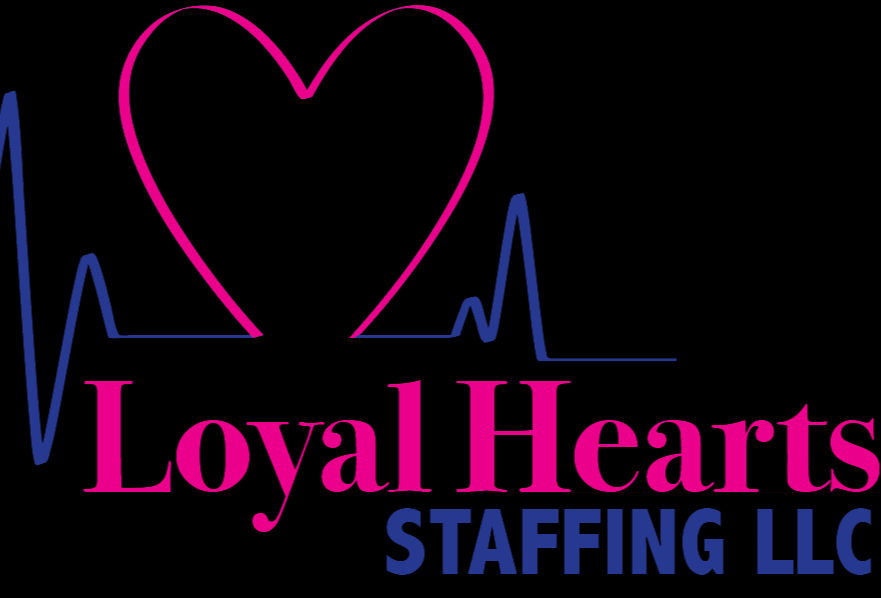Nursing care for a patient with convulsions
- April Swanson

- Dec 1, 2022
- 2 min read
Nursing care in the face of the patient with a convulsive seizure and during the postictal state.
Objectives:
– To control the patient’s seizure activity. – Prevent the occurrence of injuries secondary to seizures.
Equipment:
– Pillows. – Bathtub. – IV pole.
– Equipment necessary for the procedure Peripheral Catheter Insertion Technique. – Equipment necessary for the procedure Secretion Aspiration.
Material:
– Guedel tube of appropriate size. – Gauze and compresses. – Non-sterile and sterile gloves. – Syringes. – Intravenous needles. – Specific drugs. – Necessary material for the secretion aspiration procedure. – Necessary material for the peripheral catheter insertion technique procedure. – Nursing records.
Procedure:
– Call for help and notify the physician. – Remain with the patient during the crisis. – Preserve the patient’s privacy. – Remove furniture and objects from around the patient to avoid injury. – Protect the head with a pillow. – If the patient is standing or sitting at the time of the seizure, place him/her on the floor. – If the patient is in bed, place padded bed rails and the bed in a horizontal position. – Secure the permeable area.
Place Guedel tube:
1. Remove dentures if present. 2. Select appropriate Guedel tube size. 3. Keep the patient’s head in hyperextension. 4. Insert the cannula in the mouth with the concavity in the palate, do not force. 5. Slide the cannula through the palate until half of the cannula is inserted. 6. Rotate 180º while advancing towards the pharynx. 7. Aspirate secretions, if necessary. – Guedel tube placement in infants: insert directly by depressing the tongue with a tongue depressor. – Loosen clothing. – Monitor the direction of the head and eyes during the attack. – Place the patient in lateral decubitus, if possible with the head slightly bent forward to facilitate expulsion of vomit if any.
– Cannulate an intravenous line. – Administer anticonvulsants as prescribed by the physician. – Monitor vital signs. – Reorient the patient after the seizure, providing a calm and safe environment. – Record in nursing documentation: how and when the seizure began, duration, body parts involved, motor activity, post-seizure behavior, whether incontinence, vomiting, whether the seizure was preceded by prodrome (See international classification of seizures).
Observations:
At the end of a seizure it may be necessary to clean the mouth to remove food debris or mucus and avoid aspiration if the level of con- sciousness is depressed.
International classification of epileptic seizures (ILAE 1981). Partial or focal seizures 1.A. Simple partial seizures: 1.A.1. With motor signs With somatomotor or special sensory symptoms 1.A.3. With autonomic signs or symptoms 1. With psychic symptoms 1. B. Complex partial seizures 1.B.1. Simple partial seizures followed by alteration of consciousness 1.B.2. C. Partial seizures with secondary evolution to generalized seizures 1.C.1. Simple partial seizures evolving to generalized seizures 1.C.2. Complex partial seizures evolving to generalized seizures 1.C.3. 2. Generalized seizures (convulsive and non-convulsive) 2. 2.A. Absence seizures 2.A.1.Typical absences 2.A.2. B. Myoclonic seizures C. Clonic seizures D. Tonic seizures E. Tonic-clonic seizures 2.F. Atonic seizures (asthmatic seizures) 3. Unclassifiable epileptic seizures[/et_pb_text][/et_pb_column][/et_pb_row][/et_pb_section]








Comments